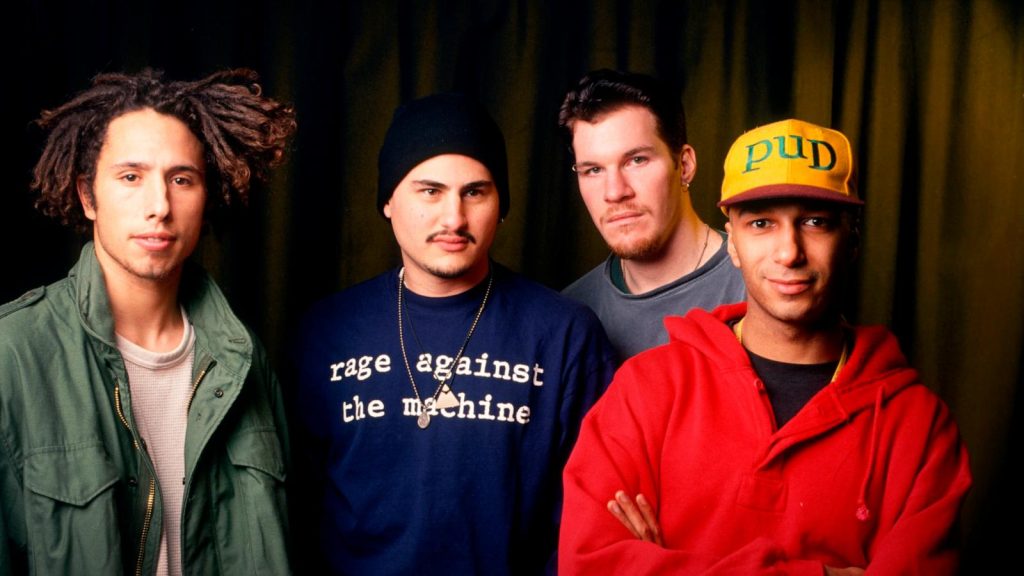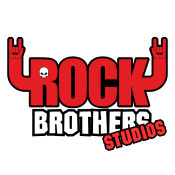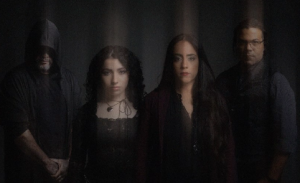
In April 1996, Rage Against the Machine (RATM) delivered one of the most daring and politically charged performances in rock history during their appearance on Saturday Night Live (SNL). What was meant to be a promotional night for their then-upcoming album Evil Empire turned into a showdown between the band’s unyielding revolutionary ethos and the boundaries of mainstream television. This unforgettable moment remains a cornerstone in the story of art, activism, and the clash with institutional power.
Setting the Stage for Controversy
The backdrop for RATM’s fiery statement was already charged. The host for the evening was none other than billionaire publisher and Republican presidential candidate Steve Forbes. Forbes’ presence directly opposed the band’s staunch anti-capitalist stance. This stark contrast set the stage for the night’s inevitable confrontation.
True to their nature, RATM planned a bold protest to make their voice heard. The band decided to hang inverted American flags on their amplifiers during their performance. An inverted flag, a signal of distress, symbolized the band’s view that American democracy had been subverted, offering citizens a narrow choice between two representatives of the privileged elite.
SNL Pushes Back
When SNL staff discovered the inverted flags during rehearsal, they ordered them removed, citing the host’s political ties and a desire to avoid controversy. Initially, the band complied—but the story doesn’t end there.
As the band launched into their explosive performance of “Bulls on Parade” on live television, their crew rehung the flags in defiance of the earlier request. Chaos unfolded as stagehands rushed to remove the symbols seconds before the broadcast began.
Protest and Fallout
RATM was set to perform two songs that night, but after their first song, the band was abruptly informed that their second performance, “Bullet in the Head,” had been cut due to “time constraints.” The band viewed this as blatant censorship. Furious, bassist Tim Commerford tore one of the flags from their equipment and hurled it toward Forbes’ dressing room.
What followed next took the controversy to another level. The Secret Service detained the band members for questioning, concerned about potential threats to Forbes. This intervention underscored the tension between RATM’s radical message and the establishment’s unease with their boldness.
A Permanent Ban and Reflection
The incident ended with RATM being banned from all future SNL appearances. Reflecting on the event years later, guitarist Tom Morello stated, “SNL censored Rage, period. They proved they’re bootlickers to their corporate masters when it comes down to it.”
Despite the fallout, this event became a defining moment for RATM, solidifying their reputation as artists unafraid to challenge the status quo, even in the face of significant backlash.
Legacy of Defiance
The SNL incident remains a testament to RATM’s unwavering dedication to their principles. It serves as a powerful reminder of the potential for music to disrupt the status quo, provoke thought, and challenge authority—even on the biggest stages.
For fans, it was a moment of triumph, proving that rock and rebellion remain inseparable. Rage Against the Machine’s actions on that fateful night made one thing clear: they would not compromise their message for anyone, not even live TV.




